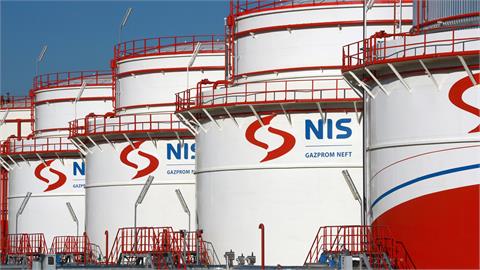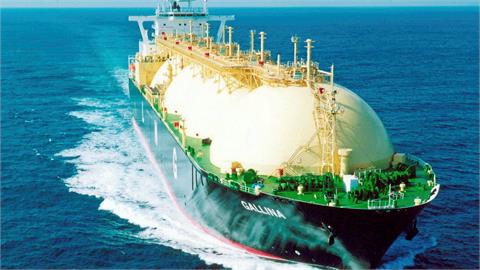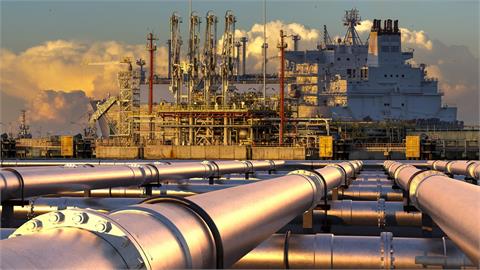The world's oil demand is forecast to recover to pre-crisis levels by around 2023, according to International Energy Agency's (IEA) World Energy Outlook (WEO) 2020 report released this week.
Due to lockdowns and travel restrictions throughout the world to prevent the spread of the COVID-19, global energy demand will drop by 5%, while oil demand specifically will fall by 8% this year, dropping to 89.6 million barrels per day relative to 98 million barrels before the COVID-19 crisis.
The biggest demand drop was recorded in April 2020, which IEA Head Fatih Birol dubbed as "Black April."
Under the report's Stated Policies Scenario of which COVID-19 is gradually brought under control in 2021, and the global economy returns to pre-crisis levels the same year, global oil demand will rise to 94.5 million barrels per day in 2021.
The world's oil demand will gradually increase to pre-crisis levels of 98 million barrels daily, and by 2025 and 2030, demand will climb to 100 million and 103.2 million barrels per day, respectively.
After that, the IEA forecasts that global oil demand will record a plateau trend up to 2040, reaching 104 million barrels per day.
However, in the case in which a prolonged pandemic causes lasting damage to economic prospects and in which the economy returns to pre-crisis levels in 2023, the Agency predicts it will take more years for global oil demand to recover from the scars of COVID-19.
In this delayed recovery scenario, the world's oil demand will be able to turn to pre-crisis levels in 2027 reaching 98 million barrels per day and increasing to 99.7 million barrels per day by 2040.
- Factors impacting demand
According to the IEA's report, lower demand could be supported by the continued slowdown in car sales, the push for public transport and electrification, less car use due to adaption to working from home, lower truck traffic and fewer business trips because of more video conferences.
Less shipping traffic due to the deterioration in global trade, decreasing demand for petrochemical products because of policies to tackle plastic waste and a further push for energy efficiency investments around the world also determine future global oil demand.
However, a sustained reluctance to return to public transport, further delays in car replacements, acceleration of SUV sales, lower oil prices and increased use of e-commerce served by less efficient light trucks could trigger higher demand.
Potential delays in regulatory efforts to cut emissions, slower fuel switching in terms of energy transition and possible growing demand for single-use plastics may also drive rises in global oil demand.
(Anadolu Agency, October 15, 2020)



